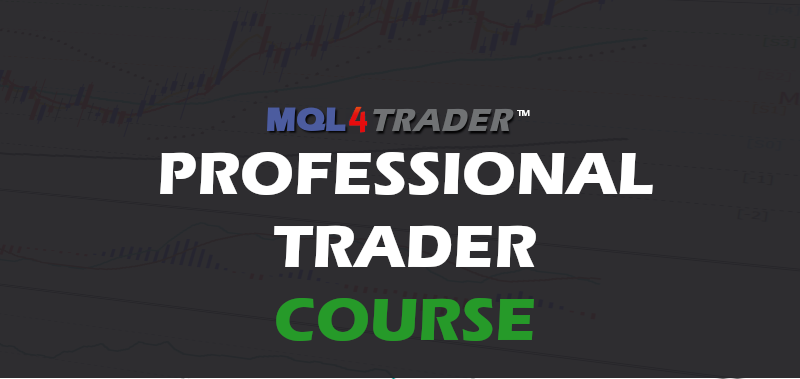
Day Trading Course for Beginners
Day Trading Lesson 11: Advanced Trading Techniques
Algorithmic Trading and Automated Strategies
Algorithmic trading involves executing trades automatically based on predefined rules and algorithms. Learn about the benefits of algorithmic trading, including speed, efficiency, and removing emotional biases. Explore how to create, test, and deploy automated trading strategies.
High-Frequency Forex Trading (HFT)
High-frequency trading is a subset of algorithmic trading where traders execute a large number of trades in a very short time frame. Learn about the technology and infrastructure required for HFT, as well as the potential benefits and challenges of this approach.
Risk Arbitrage and Statistical Arbitrage
Risk arbitrage involves exploiting price discrepancies between related assets. Statistical arbitrage relies on quantitative analysis to identify short-term pricing anomalies. Understand the strategies, data analysis, and risk management involved in both types of arbitrage.
Algorithmic Forex Trading Platforms and Languages (Python, MQL4)
Discover popular algorithmic forex trading platforms and programming languages. Python is widely used for algorithmic trading due to its versatility and extensive libraries. MQL4 is specific to MetaTrader and suitable for creating Expert Advisors (EAs) and custom indicators.
Practical Exercises
Practice coding basic algorithmic trading strategies in Python or MQL4. Explore algorithmic trading platforms and simulate automated trading using historical data. Gain insights into the world of algorithmic and high-frequency forex trading.
Next up: Day Trading Lesson 12: Real-Life Case Studies and Examples